Can you restore your gut microbiome? 🧠
Lost microbes - can you get them back? A new study finds out
Scientists think we’ve lost around 124 types of microbes from our guts.
Modern life, like eating a low-fibre diet and spending less time around soil, animals, and nature, might be behind it.
And this loss could be part of why we’re seeing more allergies, autoimmune conditions, and a number of chronic diseases.
But what if you could “rewild” your gut microbiome, bringing some of those missing microbes back?
That’s exactly what the NiMe (Non-industrialized Microbiome Restore) study, published earlier this year, set out to explore.
Make sure to scroll to the end, the researchers gifted the study recipes for free!
What we’ll cover today:
Microbial extinction - our disappearing gut microbiome
Can we bring them back?
Why “awakening” your gut microbiome matters
How to rewild your gut, simply
Recipe booklet from the NiMe study
Microbial extinction
Industrialisation often gets the blame for harming our gut microbes – but it’s also brought big health benefits.
Things like clean water, better sanitation and antibiotics have helped us live longer and reduced the spread of infections. That’s a good thing, including for our microbiomes.
But there’s also been a downside. Our modern lifestyles, low-fibre diets, antibiotics, and less exposure to the natural microbe-rich world, have led to a loss of gut microbes over time.
Studies of people living in more traditional ways (and even ancient poo) show we’ve lost many of our microbes over time, at least 124 types, and especially the ones that help digest fibre and support our immune systems.
One mouse study shows how hard it is to get them back.
Researchers fed mice a low-fibre diet across four generations. With each generation, more microbes disappeared - and even when more fibre was added back in, only some microbes returned.
And this needed to be tested in humans, would it be the same?
Can we bring back missing microbes?
The simple answer is no. Or not yet, anyway.
Researchers recently tested this in a study called the NiMe (Non-industrialized Microbiome Restore) trial.
They wanted to know, if we eat like people in more traditional, non-industrialised societies - similar to how our ancestors might have eaten - could we bring back some of the gut microbes we’ve lost?
The researchers put together a special high-fibre diet that gave people around 45g of fibre a day (about double what they were eating before).
Alongside it, they gave a one-off supplement containing Limosilactobacillus reuteri, a microbe that’s now rare in Western guts.

Importantly, the diet also included foods with fermentable fibres like raffinose and starchyose that L. reuteri loves to feed on, based on traditional diets where this microbe is still found.
The idea was, if we give the microbe and its favourite foods, would it stick around and settle back into the gut?
After three weeks, the answer was mostly no.
The microbe had disappeared in nearly everyone, except one person, where it was present at very low levels - suggesting we can't easily bring back what’s been lost.
But it did wake-up the microbes already there
The new microbe wasn’t successfully introduced, but the diet did change the microbes that were already there, and had some surprising benefits for health too.
After just three weeks on the high-fibre diet, people’s gut microbiomes shifted in a big way.
The amounts of dozens of different types of microbes increased - including ones known to make short-chain fatty acids (SCFAs) that help keep the gut lining healthy and lower excess inflammation.
At the same time, markers for blood sugar, cholesterol and inflammation improved, and these changes were linked to features of their gut microbiomes.
So even if we can’t bring back what’s gone, feeding the ones we do have can still make a big difference, reshaping and supporting the ones already there.
Why gut diversity isn’t the full story
What matters is often not who’s in the gut, but what they’re doing.
Gut microbiome diversity (having lots of different types of microbes) is often seen as a sign of a “healthy” gut microbiome - but in this study it didn’t go up, and still, people’s health improved.
Even though diversity is one of the most commonly used measures in microbiome science, it’s far from perfect.
This study is a good reminder that function, what your microbes are doing with the food you feed them, can matter more than who’s there.
How to rewild your gut microbiome (realistically)
1. Double your fibre, gradually
Aim to ramp up your fibre intake slowly, found in beans, whole grains, fruit, vegetables, and nuts and seeds. In the study, fibre intake doubled, and this was the main driver of microbiome change, even without L. reuteri taking hold. But don’t rush it. Suddenly boosting your fibre intake can potentially cause uncomfortable gut symptoms, so go step-by-step - start low, and go slow - and make sure to drink enough water.
2. Add one extra veggie to your meal
Rather than overhauling your whole plate, just focus on adding one extra vegetable to whatever you're already eating. Throw spinach into eggs, roast carrots alongside your dinner, or add frozen peas to pasta. It’s a simple way to get more plant diversity without needing a new recipe.
3. Get fermented
Fermented foods can support a “healthy” gut microbiome, especially if you eat them regularly. The key is picking ones you’ll genuinely eat (and that you like). Try adding a spoonful of sauerkraut to sandwiches, yoghurt to breakfast, or miso paste to soup or stir-fries. Skip the ones you don’t like, it has to be realistic to stick.
4. Get dirty (on purpose)
Dig in the garden, stroke a dog, walk through a park, or just sit on the grass. People who spend more time outside, or live with animals, tend to have higher levels of certain gut microbes. A little dirt isn’t always a bad thing.
5. Think 'feeding the ones you have'
You don’t need fancy probiotics or hard-to-get microbes. This study showed that even if you can’t add lost microbes back into the fold, you can still support your microbiome (and health) by feeding the microbes already there.
All of the recipes from the NiMe study were made freely available in a downloadable booklet, thanks to the study authors Dr Anna Armett and Professor Jens Walters.
Chat soon,
Emily xx
Enjoyed this post? Tap 🧡 and restack if you found this useful – it really helps!


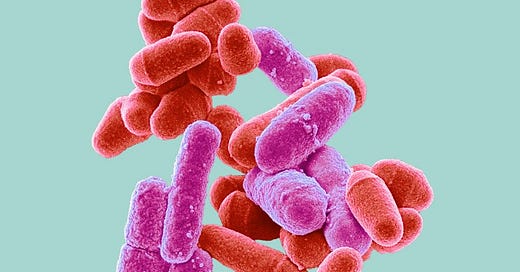



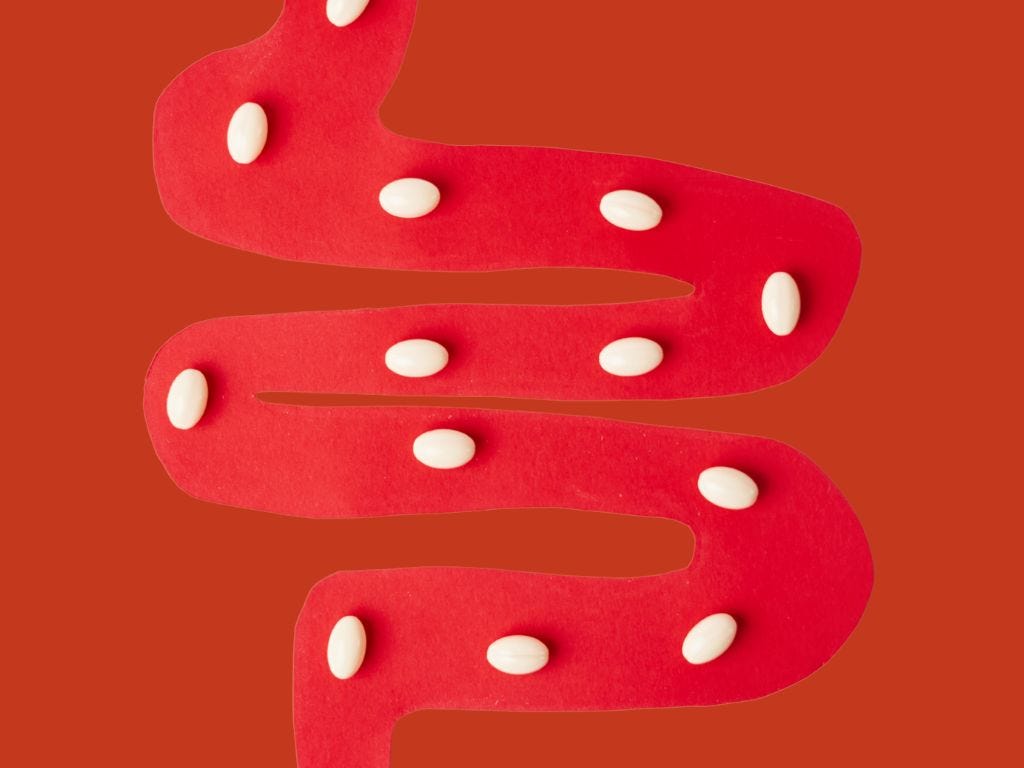
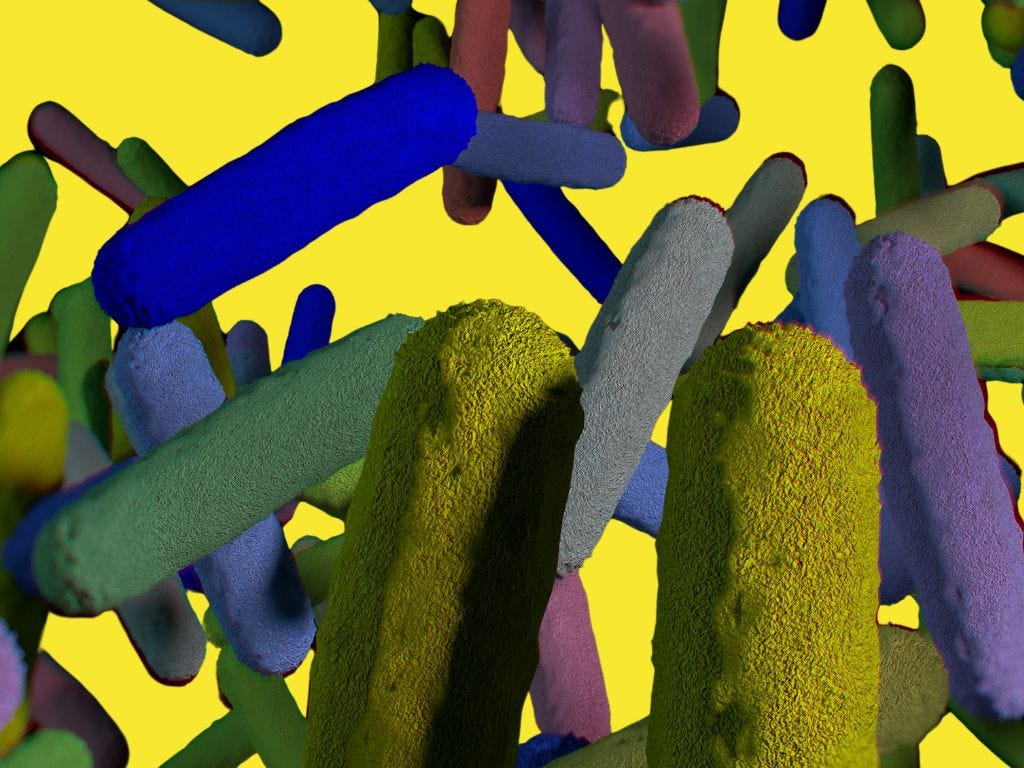
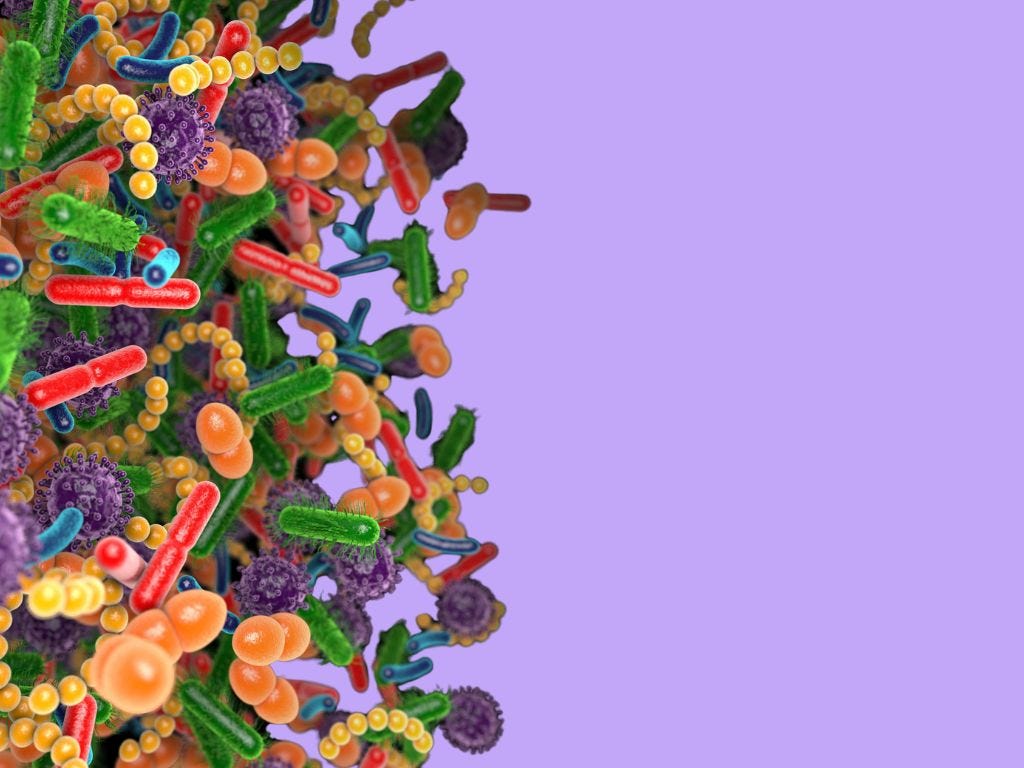
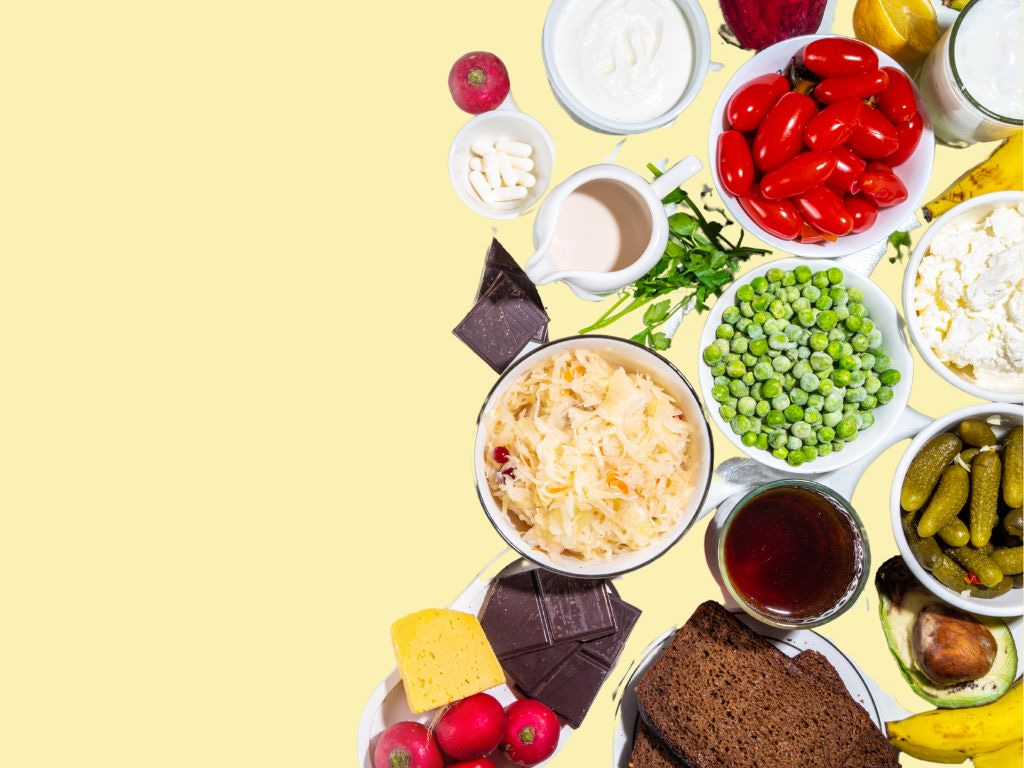
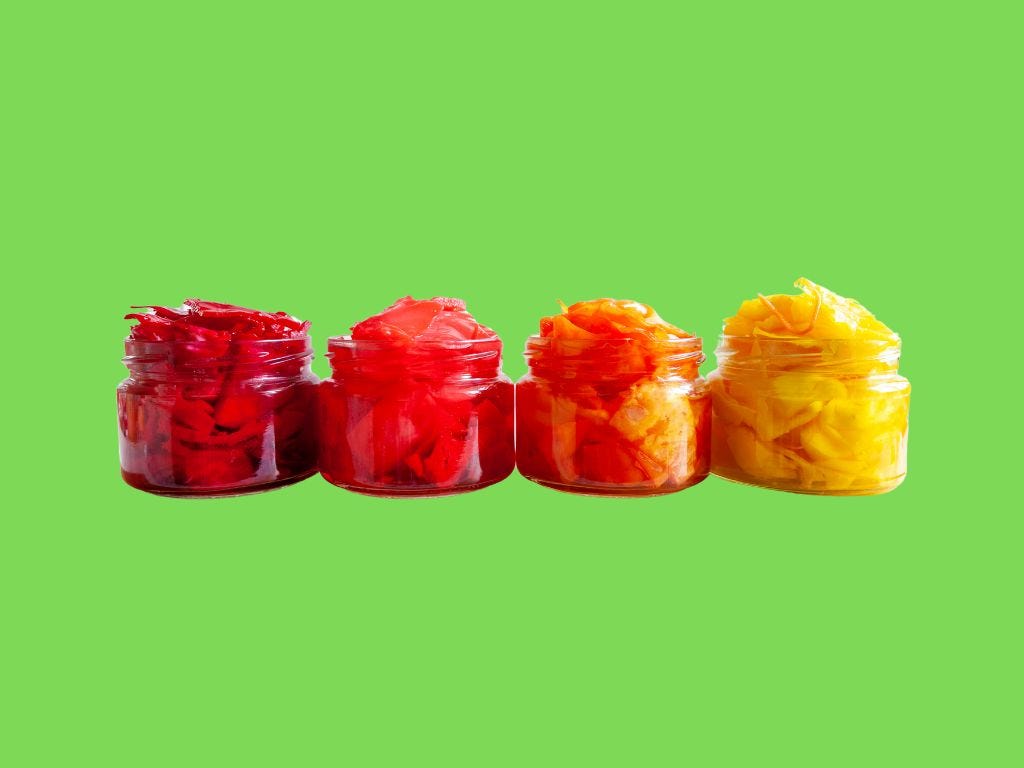
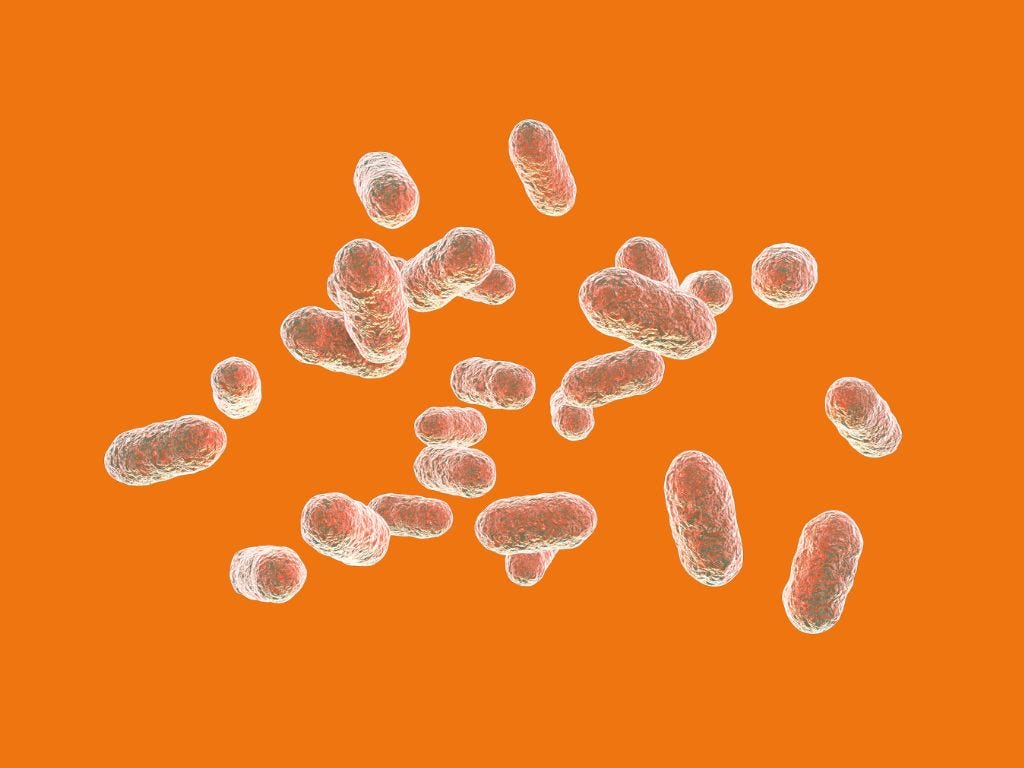
Dr. Emily, your information is so useful and so relevant! I look forward to reading these since I seem to now have IBS - source unknown. Although in my 70’s, I still find enjoyment in learning. Merci ☺️
My old pup had inflammatory bowel disease and my internal medicine vet spent more time on replacing her microbiome than any of my physicians have and despite my gut issues of 20 years.